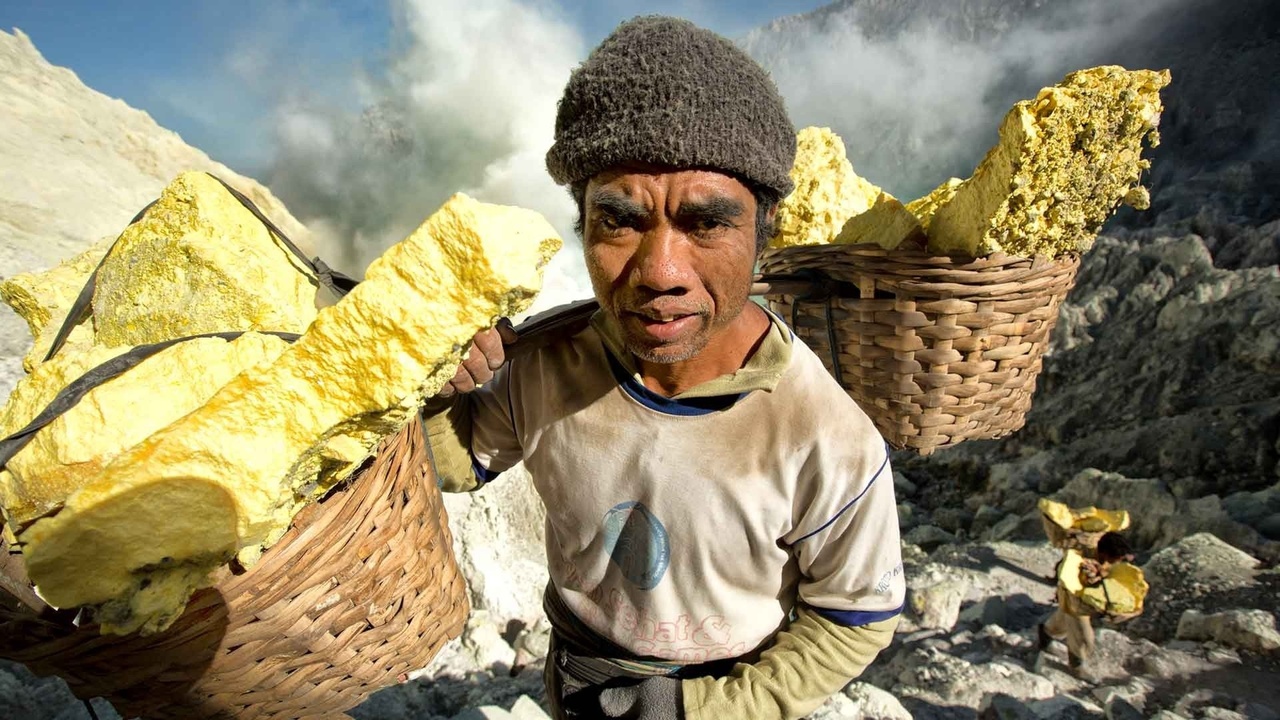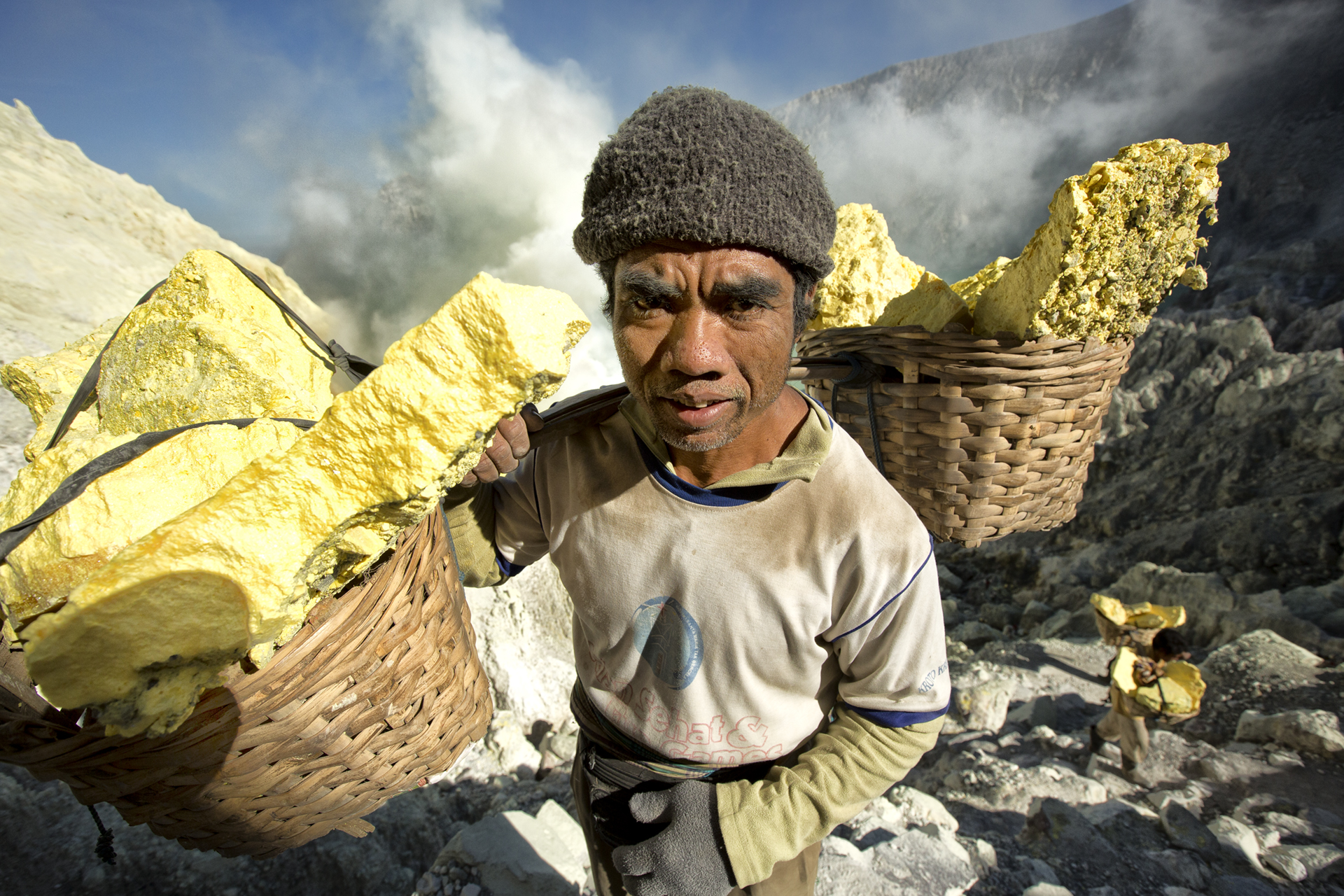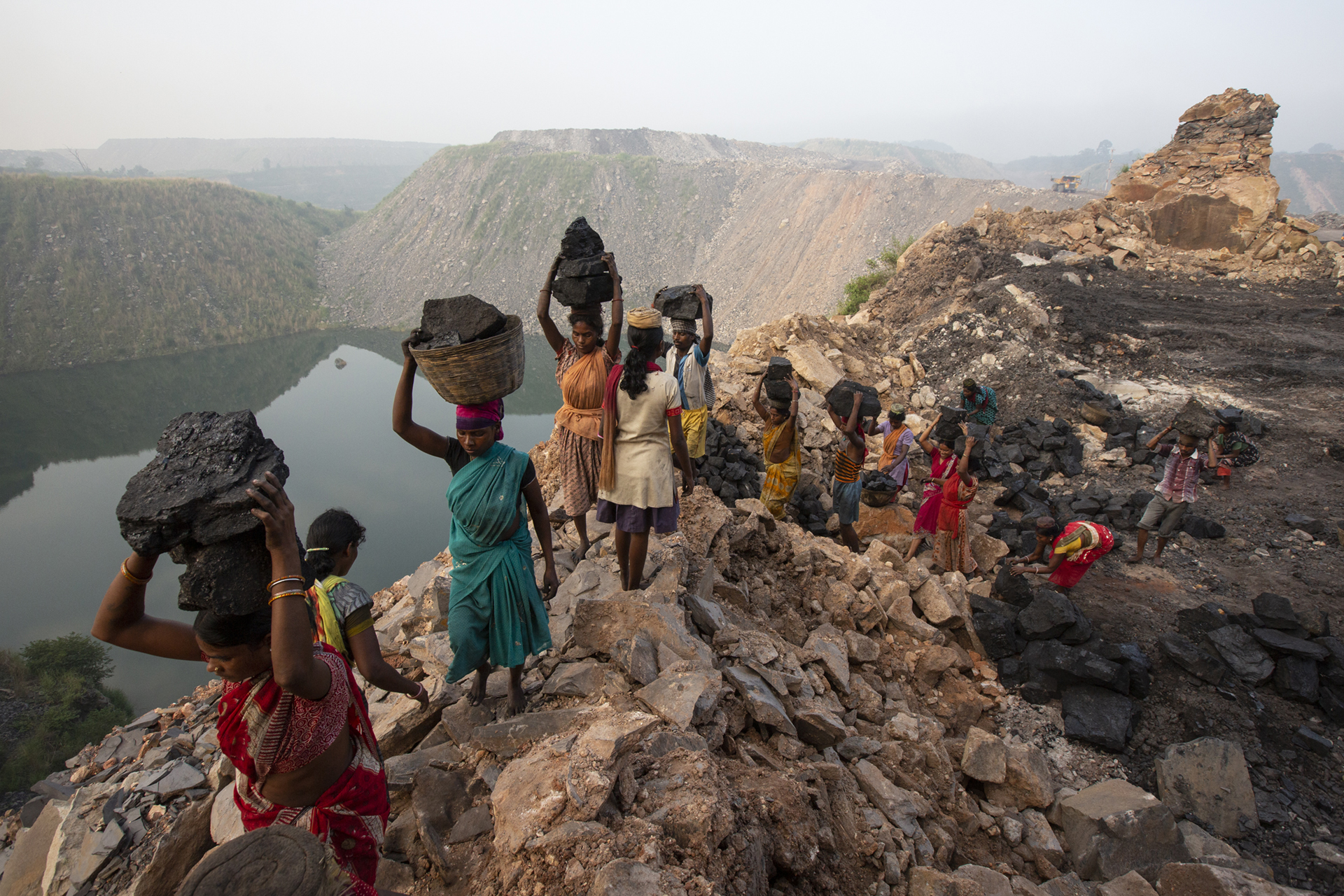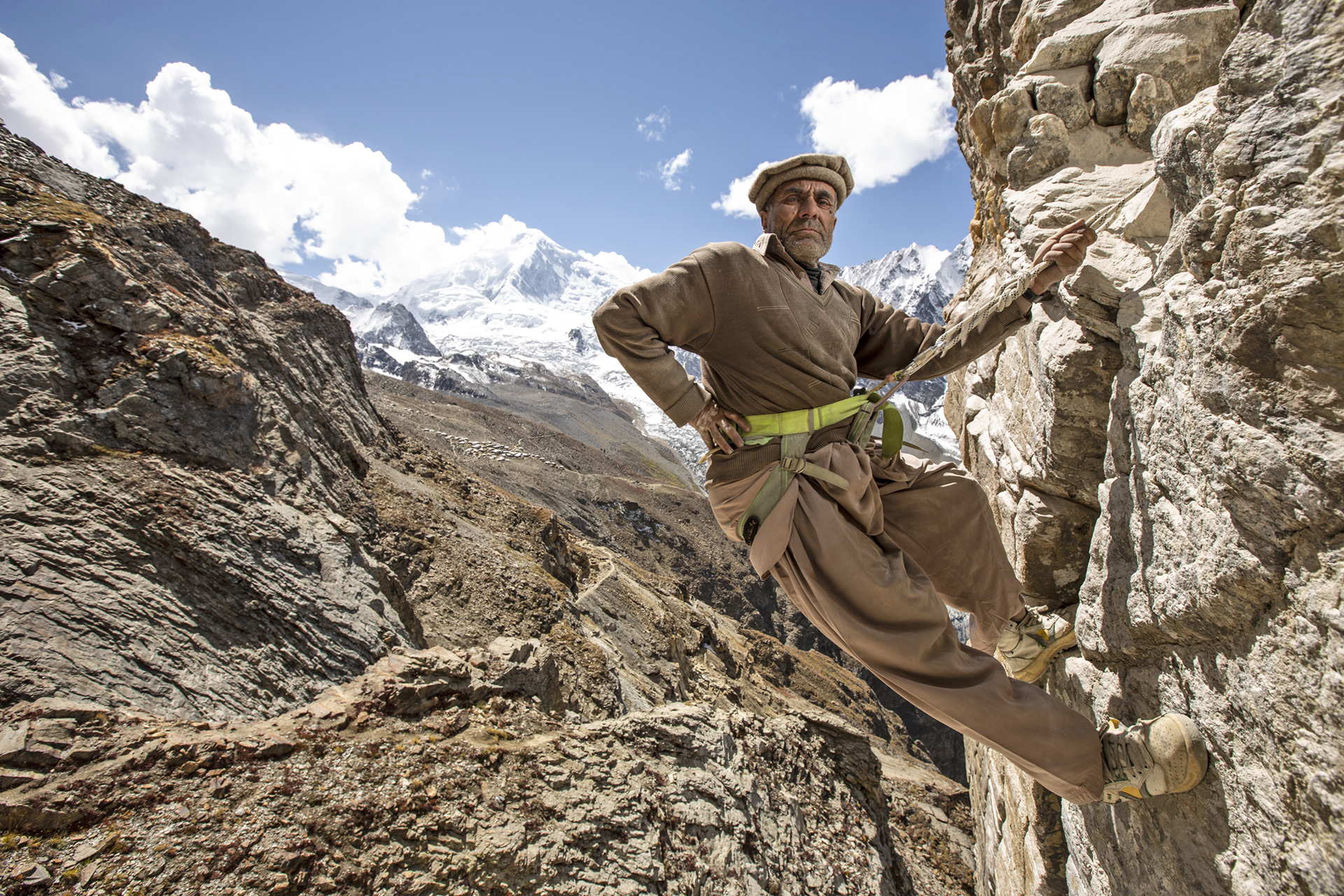
Living Room Session: Photographer Hugh Brown
Sep 02, 2021Photographer Hugh Brown has been committed to documenting artisanal miners and their work in many remote and harsh locations around the world for over a decade now. At the August Living Room session, Hugh joined us all the way from the Great Sandy Desert in Australia to share images from his current project, GARIMPEIROS: The Prospector’s Quest for a Better Life. He also shared stories about those he’s met along the way and helped us all deepen our understanding of the nuanced nature of the issues and solutions around artisanal mining.
After an assignment brought Hugh to Ghana in 2006 and he witnessed hundreds of artisanal miners working alongside the road he was traveling, he became fascinated with the subject of artisanal mining and decided to produce a book. He hopes for his images to be a driving force for change and lead people to support the 40 million miners directly employed in this sector as well as the around 240 million people indirectly employed by artisanal mining related activities.

Alluvial Gold Miners, Ghana
Although some materials like coal and sulfur may not seem directly related to the jewelry industry at first, they do tie in in interesting ways. For instance, coal is a major energy supply in India, which is one of the largest jewelry markets in the world and where the majority of the world’s diamonds are cut and polished.
While there is no commonly accepted or shared definition of artisanal mining, Hugh’s definition of it for the purposes of this project is: the extraction of minerals or oil using mainly manual and/or primitive means. He notes that typically, artisanal miners tend to work in areas where the ore is higher grade, as it is less labor intensive to extract the minerals. Many in the jewelry industry are aware that gemstones and precious metals like gold and silver are mined by artisanal and small-scale mining (ASM) methods, but minerals like copper, cobalt, coal, sulfur, mercury, the 3Ts (tin, tungsten, and tantalum), and many more are also extracted by artisanals. ASM makes up 20 percent of the world’s gold production and 80 percent of the world’s sapphire production.
Although artisanal mining tends to get phased out by larger scale and mechanized mining as the gross domestic product of country increases, there are people partaking in artisanal mining in wealthy and more developed countries as well. Though hard to find, it even exists in Russia, where individual prospecting was outlawed in 1954. Through this work, Hugh seeks out and documents miners in a large variety of places and displays the diversity that exists in this field. 
Artisanal Sulphur Miner, Indonesia
During his Living Room Session presentation, Hugh shared images from India, Ghana, Bolivia, Myanmar, and Afghanistan. He first shared with us an image of a sulfur miner working in an active volcano in Indonesia, who would carry out about 70 kilograms of sulfur at a time out of the volcano to a weigh station. The pay for this is 6.6 cents USD per kilogram. The next photo was of a miner in harsh, wintery conditions working at 15,000 feet of altitude. Another image and story followed - that of a Bolivian silver miner working within a mountain called Cerro Rico, which has been mined by the Spanish since 1545 and is filled with so many tunnels and voids that it is sinking and collapsing in on itself. The diversity of places and conditions under which people are working to earn money and improve their lives was already apparent as Hugh moved on to an image and story of some artisanal oil miners in Burma/Myanmar. Artisanal oil mining is certainly less widely known or talked about than that of other resources and although it is technically illegal there, it was taking place with the sanction of the government. This certainly speaks to how nuanced and complicated the issue of legality can be in the world of artisanal mining.
Though there are a lot of differences between artisanal mining communities Hugh noted that they have some characteristics in common as well. They are often very mobile, moving to a new location when the ore body gets depleted. He’s also witnessed that they tend to work out their own economic models and do so in a way that keeps the wealth generated by artisanal mining within the local community. This is in stark contrast to most large scale, international mining companies which do not keep as much wealth local. Because these complex systems are worked out within each mining community, he has not seen one single model for artisanal mining.
Hugh also made sure to point out that he did not observe illegal mining as always equating with dangerous conditions in his experience. Continuing his slideshow, he shared the story of an illegal coal mine in Bihar which, according to Hugh, was set up safely with the help of a local engineer in the village. Many artisanal mining communities are set up with cooperative work.

Illegal Coal Scavengers, Eastern India
After sharing a number of images and stories with us, Hugh wanted to note some of the commonly held myths he noticed around ASM. For example: that all artisanal miners die young; that all ASM are hotbeds for conflict minerals, terrorism, organized crime, and human trafficking; that all artisanal miners and children are being ruthlessly exploited; that the environmental footprint is worse than that of large scale mining; that all ASM must be stopped because it is illegal; that LSM is more beneficial. He urged us all to take a look at the complex and nuanced reality of individual mining communities rather than jumping to such misinformed conclusions. For instance, the idea that LSM is more beneficial because it operates within a legal framework does not consider that it often moves the wealth out of the community it operates within and into the country the corporation is based in and tends to also leave behind unmitigated environmental impacts. It also employs a significantly smaller number of people than does ASM.
One thing that each of the miners in all of these stories have in common is that they are all working to provide a better life for themselves and their families. In response to a question that Hugh says he is often asked (Why do people do this work? Why do they risk their lives?) Hugh invited us all to acknowledge how we relate to the miners in his photos and this shared goal:
“They're essentially sacrificing the lives they could be living now for...the prospect of a better life. So, in that respect, really all of us are miners at heart because every single one of us...we’re sacrificing aspects of ourselves to provide for others. And that's exactly what these miners do and that's exactly why they do it, it's just that they're doing that in the context of the third world we're doing it in the context of the developed world.”

High Altitude Gem Miner, Karakorum Range, Northern Pakistan
Hugh shared another image of a miner in Pakistan, hanging from the side of a mountain supported by a rope and harness. All of these artisanal miners have different experiences and systems in place but this story also circles around to the benefit for the local community. The miner in this image was one of a group in Gilgit-Baltistan that was able to contribute to a health and education fund for their villages with the earnings from their gemstone mining.
The current responsible sourcing movement undoubtedly affects artisanal miners. Conscientious consumerism takes into account environmental impacts, human rights concerns, organized crime, and more but many of these considerations are very subjective. Laws like the Dodd-Frank Act in the United States or the EU Conflict Minerals Regulation have been put in place to try to address some of the issues that are present within ASM, especially operations in conflict areas. These changes are leading large, risk-averse companies away from supporting ASM.
In the end, all of this change means that large corporations and Western brands benefit while ASM becomes increasingly criminalized. Hugh poses the question: Where is the benefit for people on the ground? In answer, he says that truly beneficial change needs to focus on the development outcome. Working within existing ASM supply chains to make them better (rather than abandoning ASM in favor of LSM or even supporting only ASM that is currently “responsible”) is, in Hugh’s opinion, the right approach. We can affect long lasting changes in safety, productivity, and human rights while retaining benefit within the mining communities.
“Abandoning ASM is not the answer. If we stop sourcing from them because we are worried about our own exposure to the less salient aspects of what they do, we need to think of the implications: 280 million of the world's poorest people suddenly become disenfranchised. What do they do? Where do they go? How do they put food on the table? Where do they live?”
In the end, Hugh invites us to interrogate what “responsible sourcing” really means. How do our decisions impact the greater good for all people affected?
“I would like to see the larger companies working with artisanal miners to improve things rather than simply abandoning them and just leaving them to fend for themselves. I think it's really really important,” Hugh says.
You can find this project online here: Garimpeiros Project
Join Our Community
Stay up-to-date with our latest content, industry news, and more.
Check your Inbox/Junk folder to confirm you want to receive emails from us. Don't worry, your information will not be shared.

